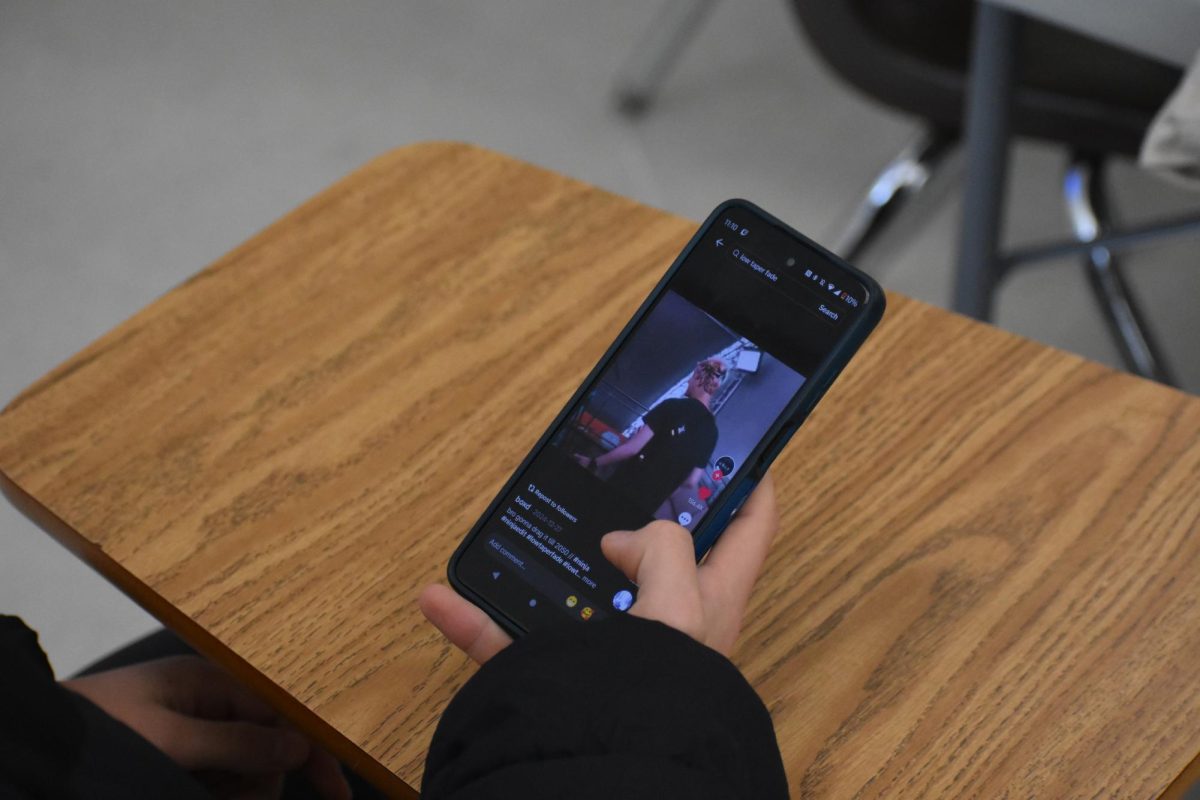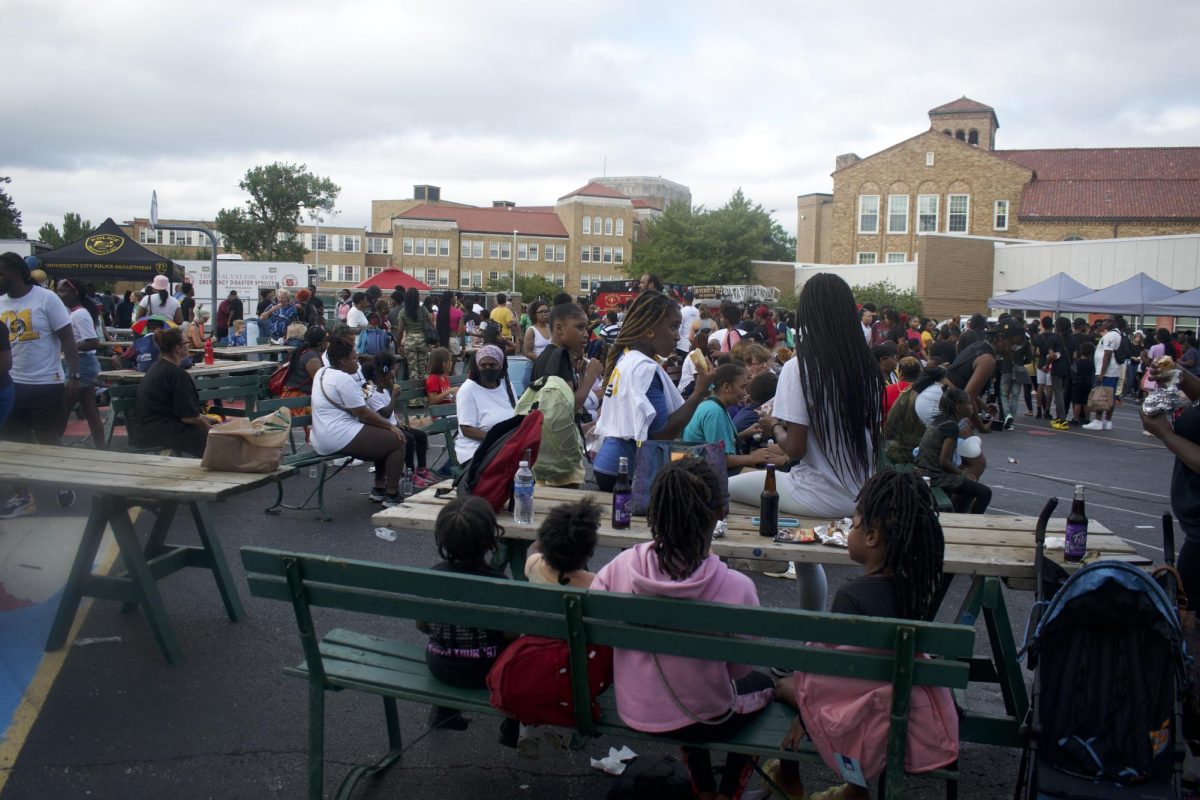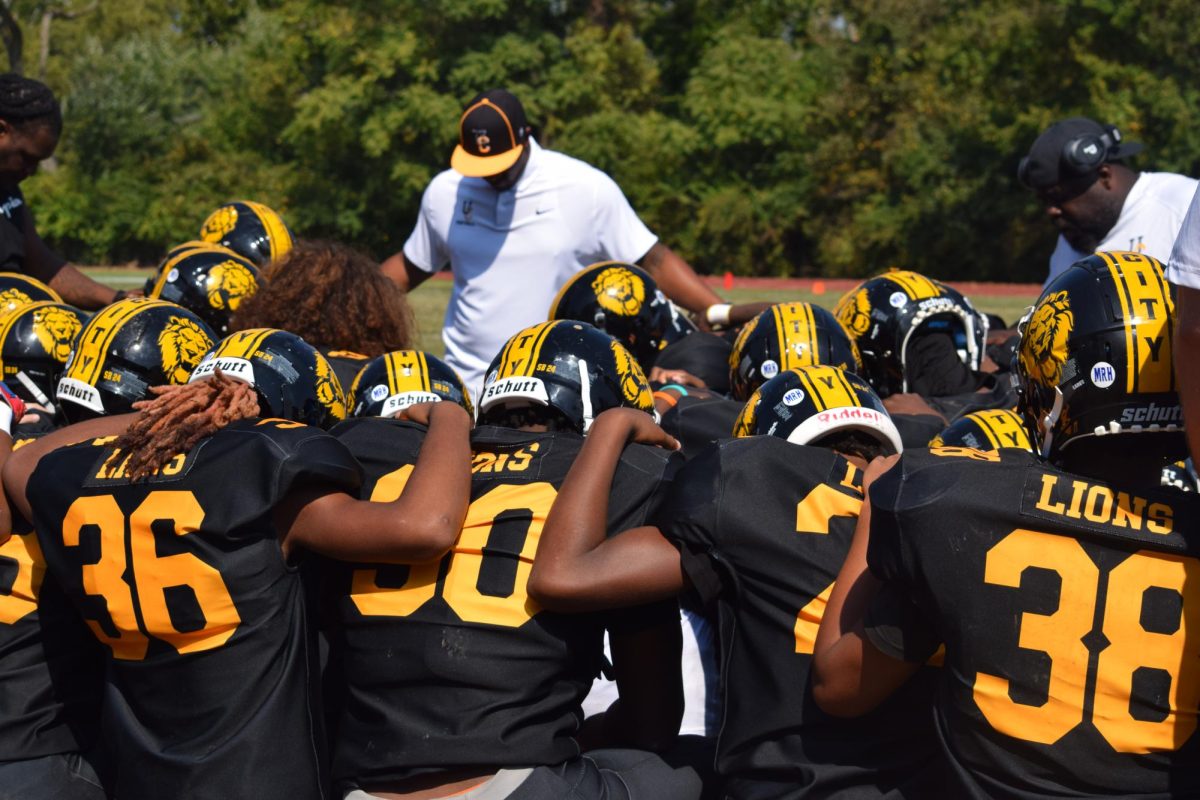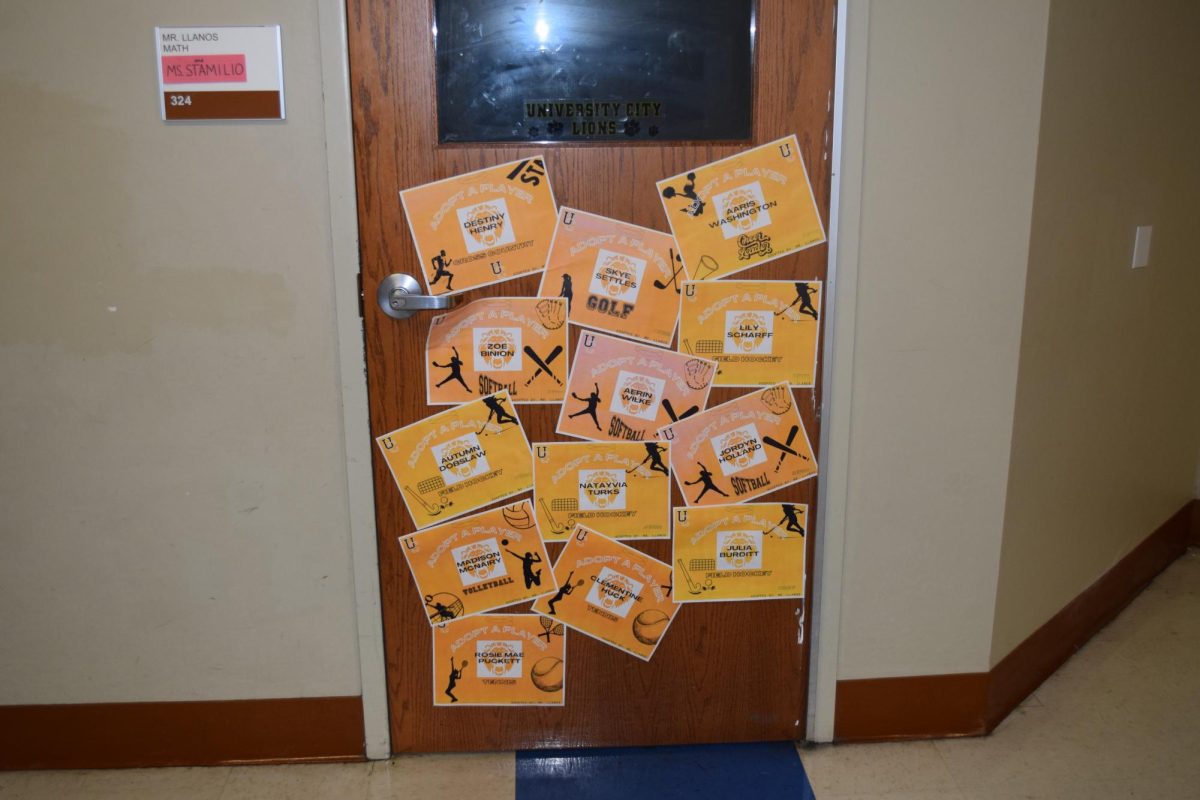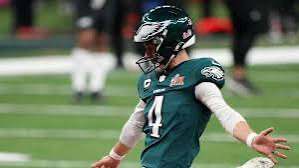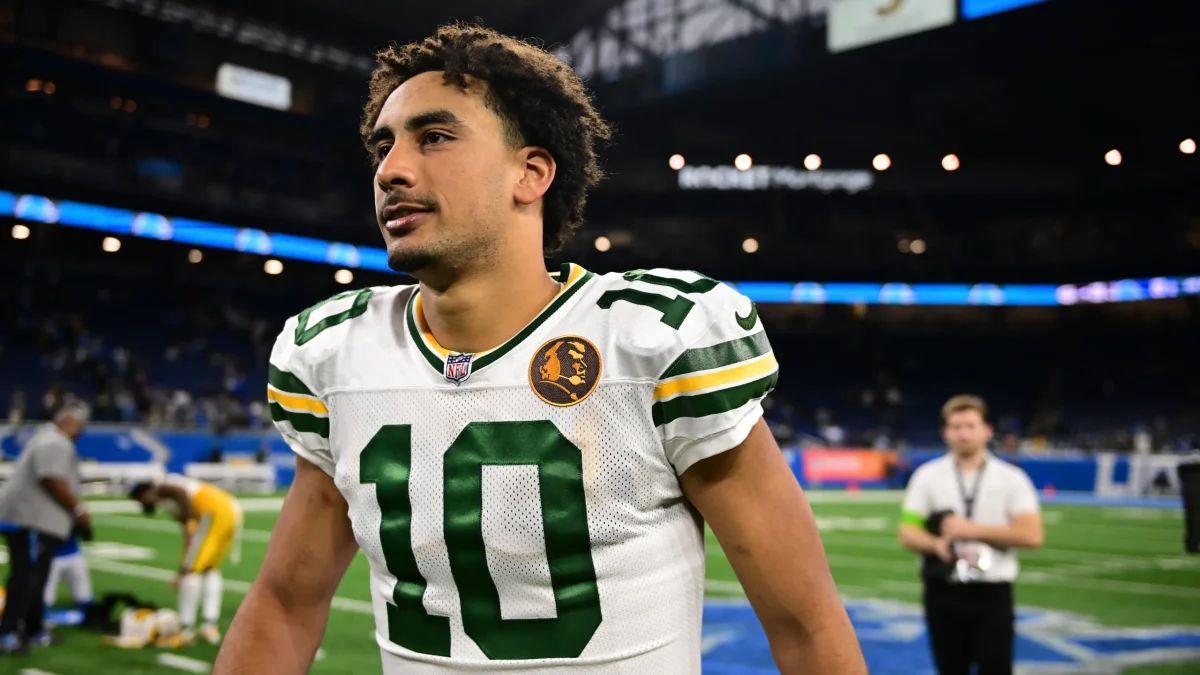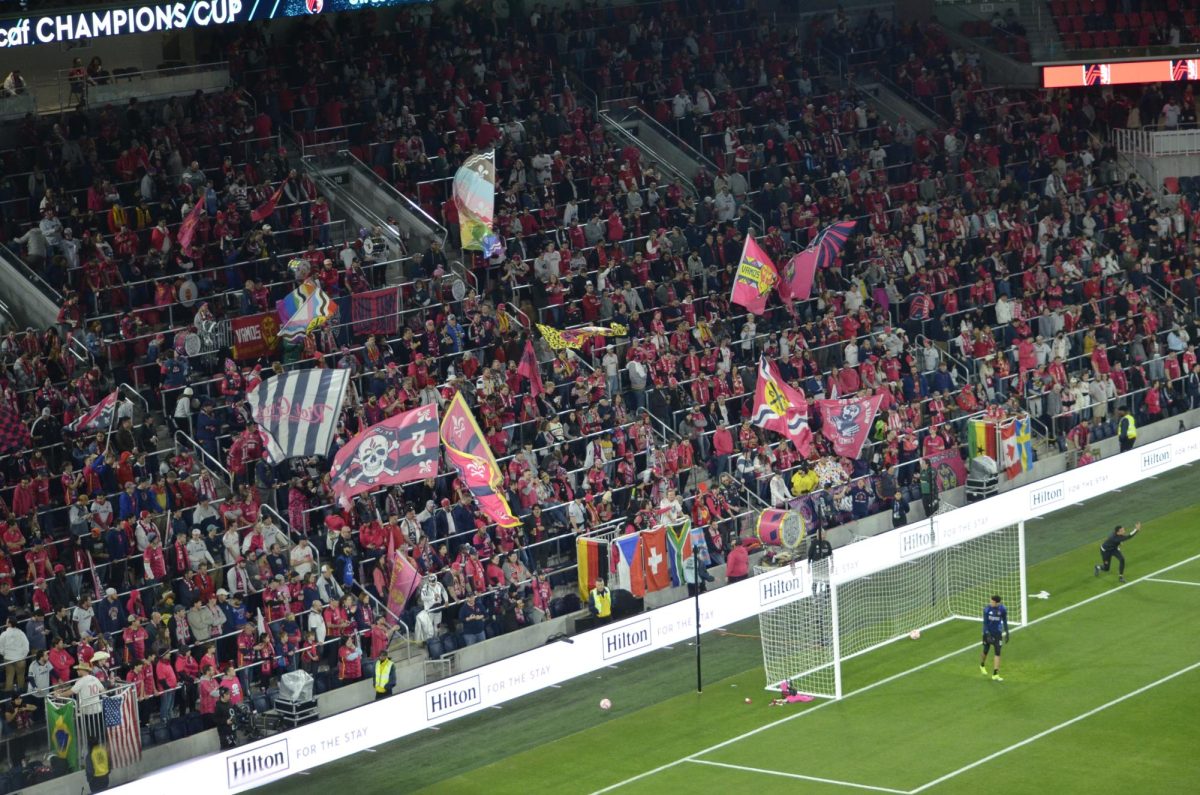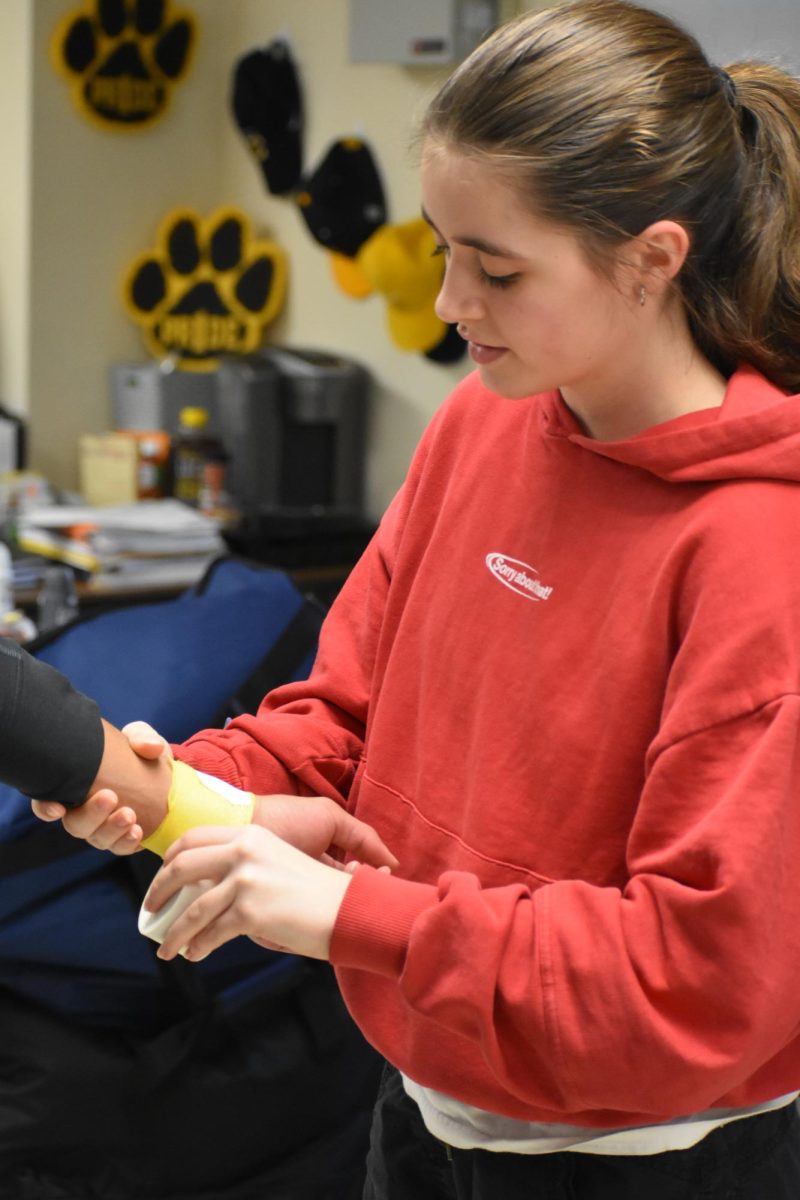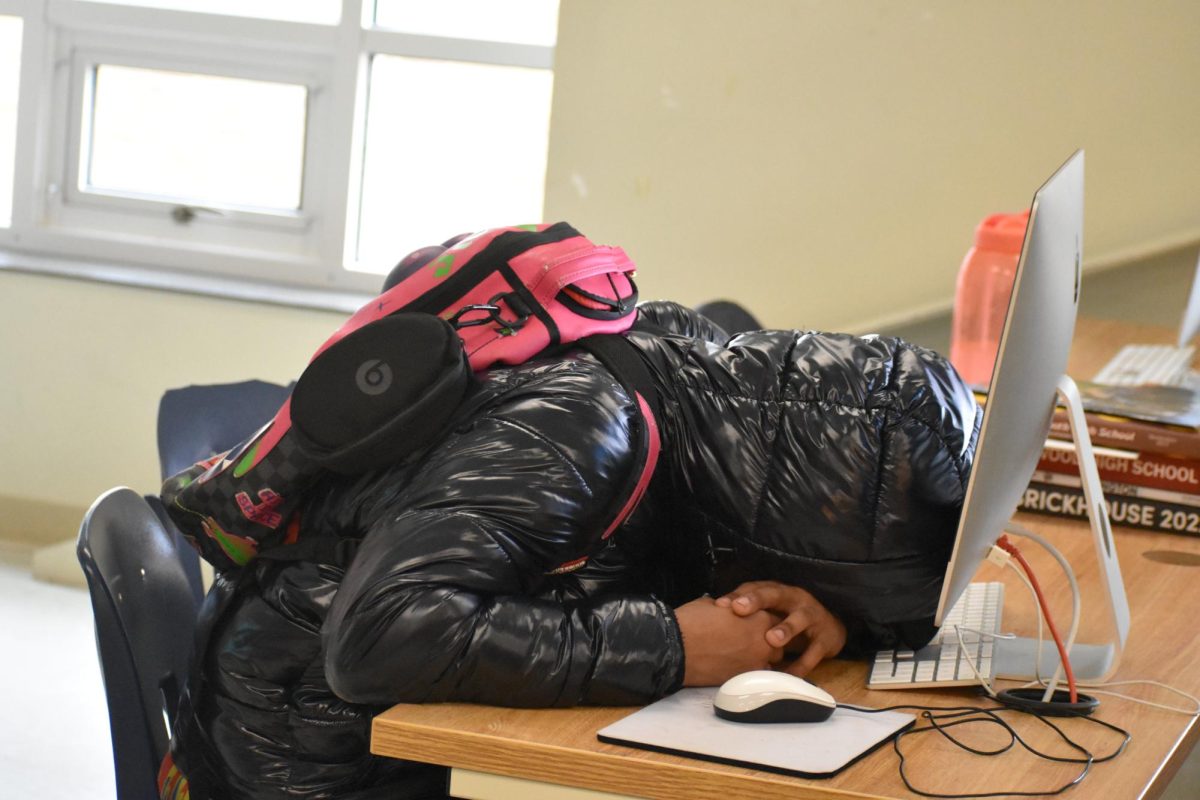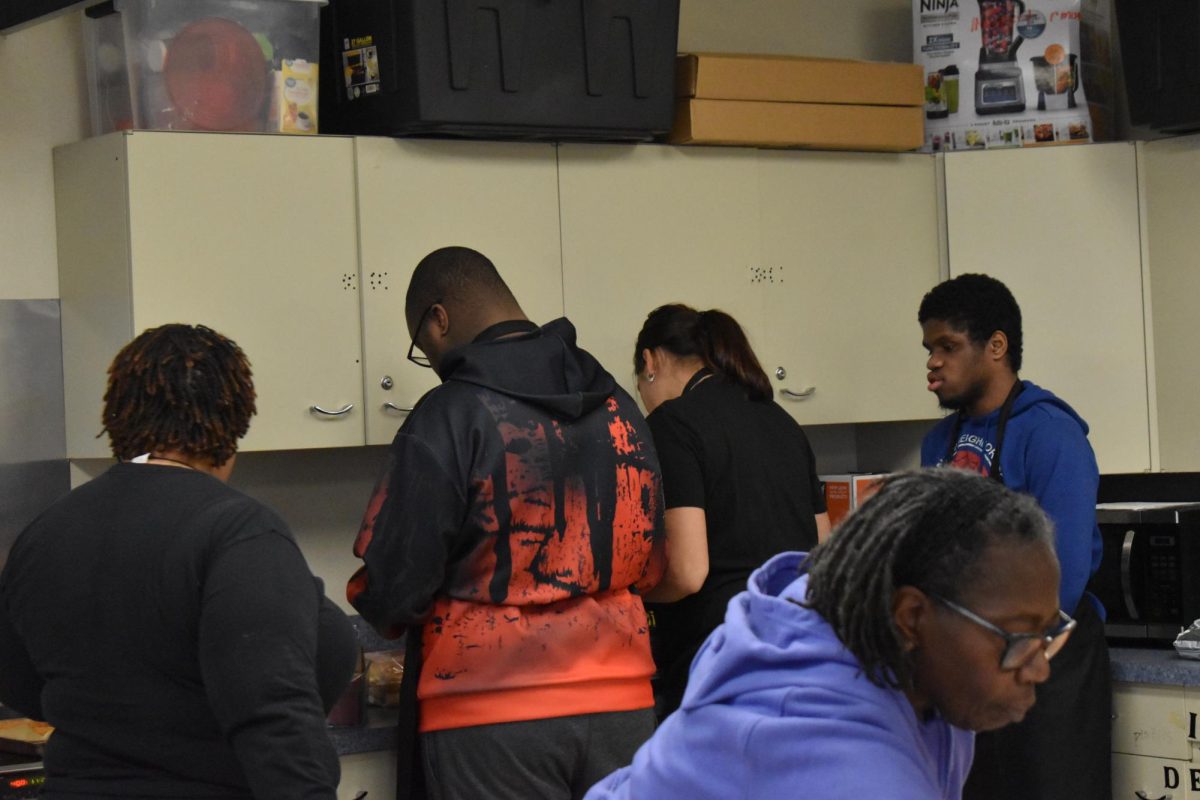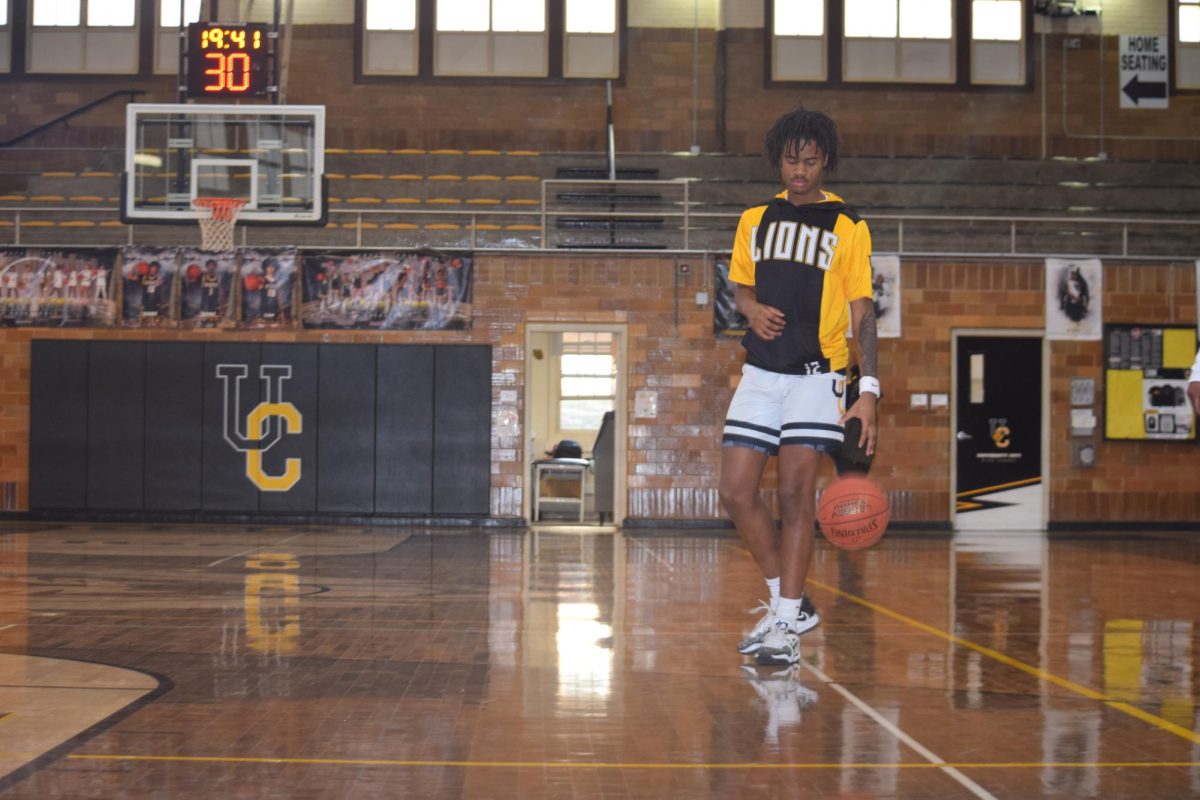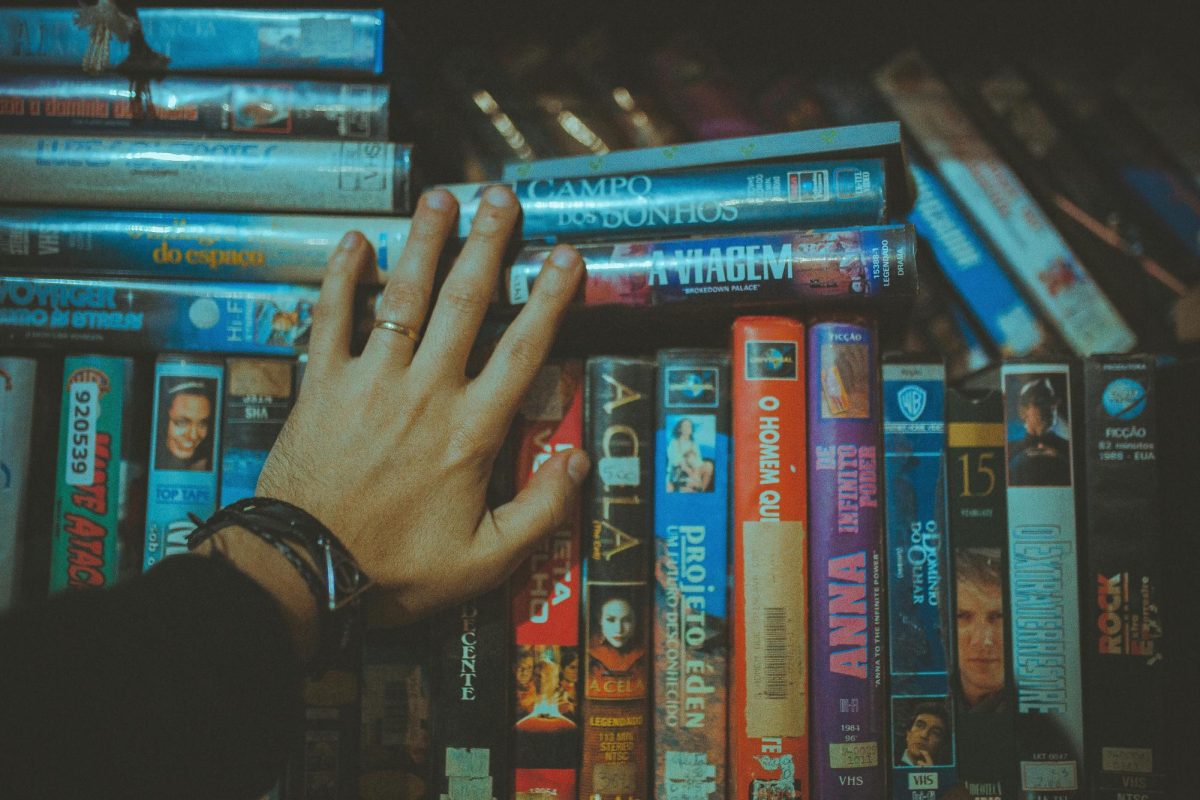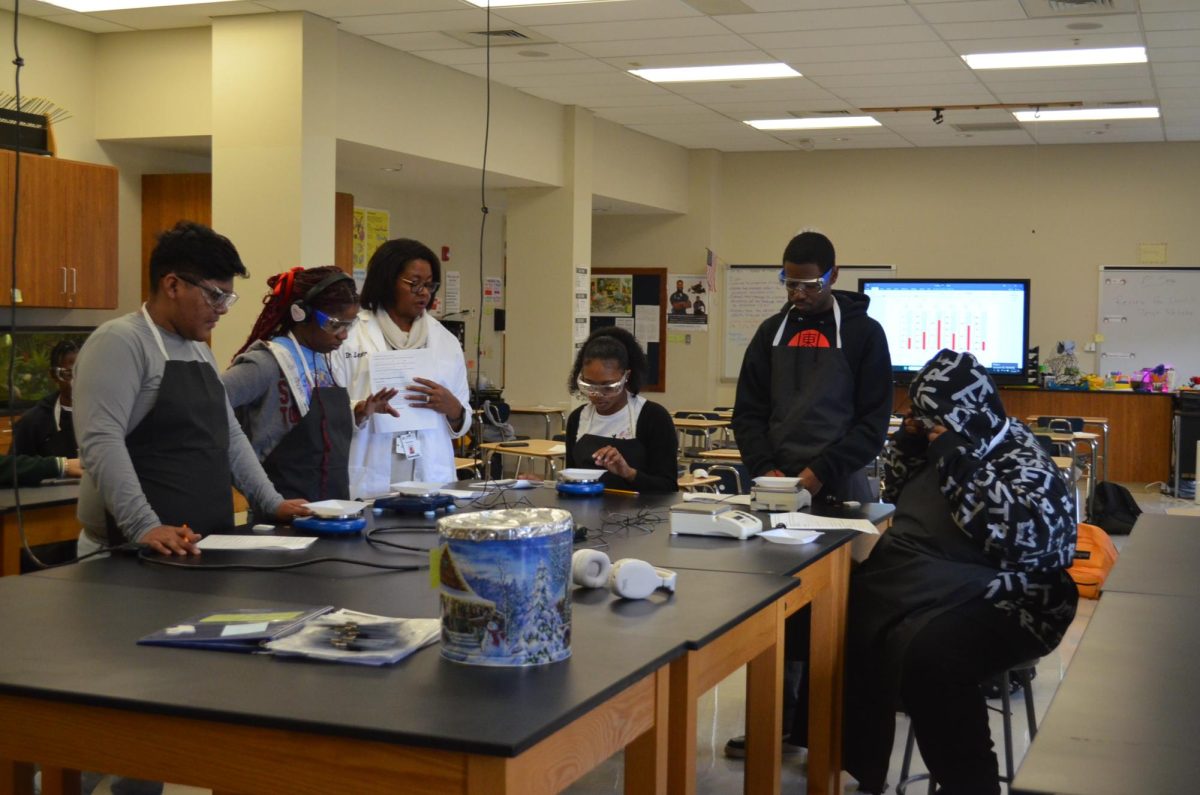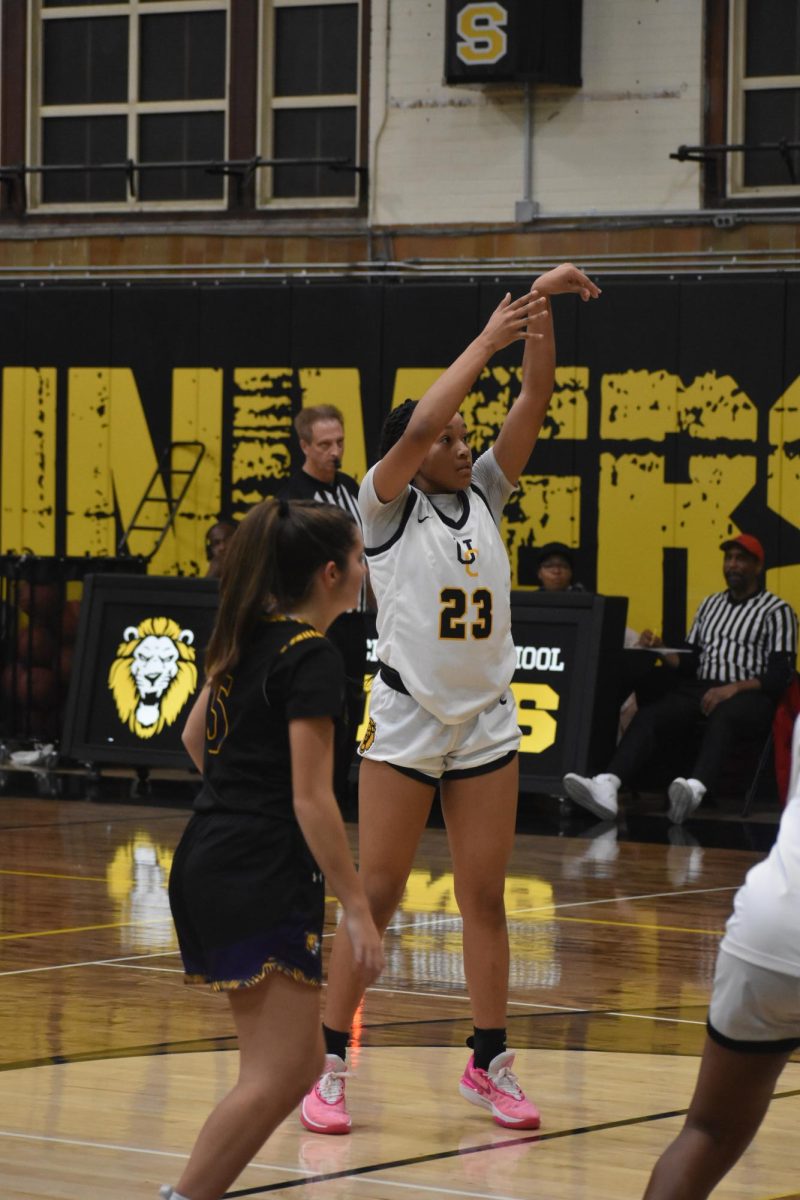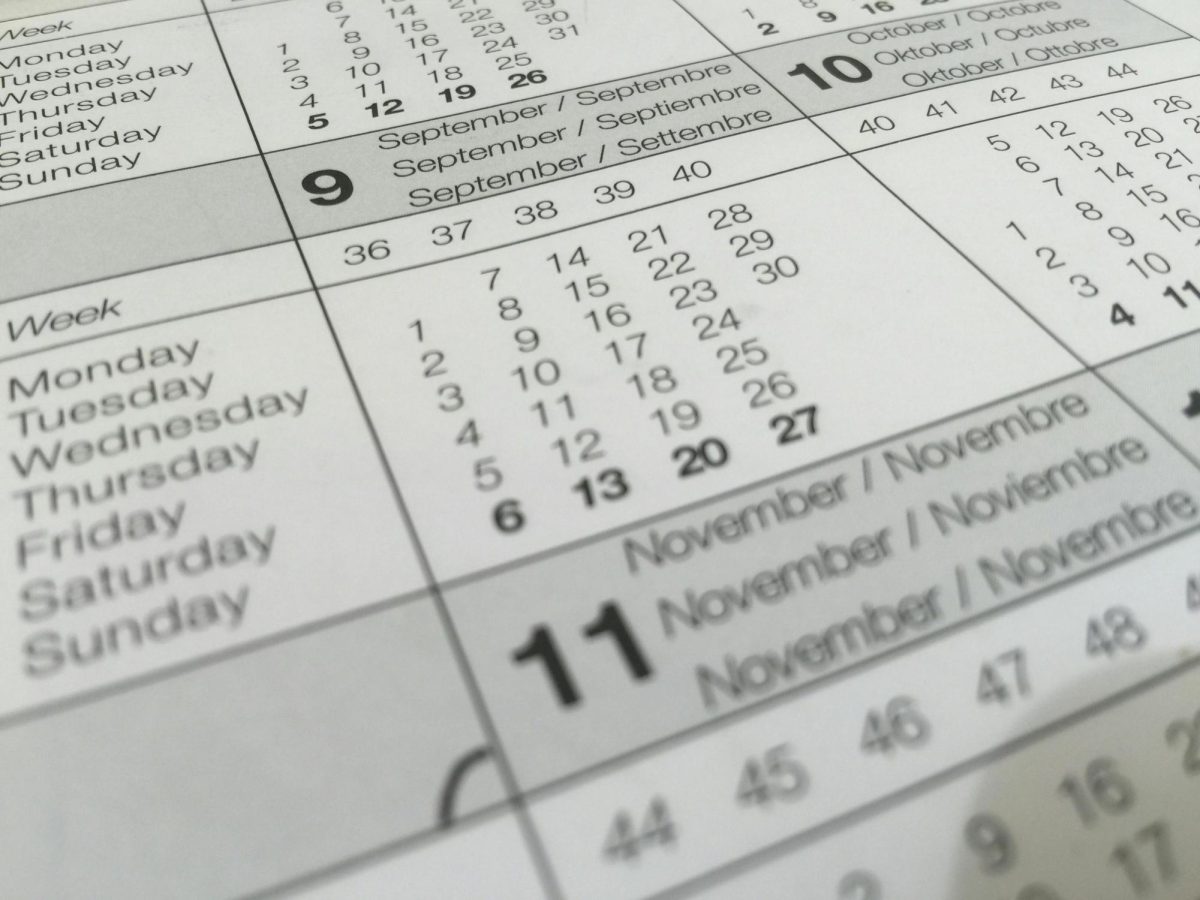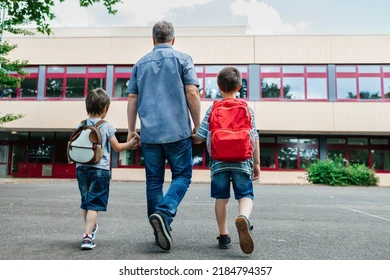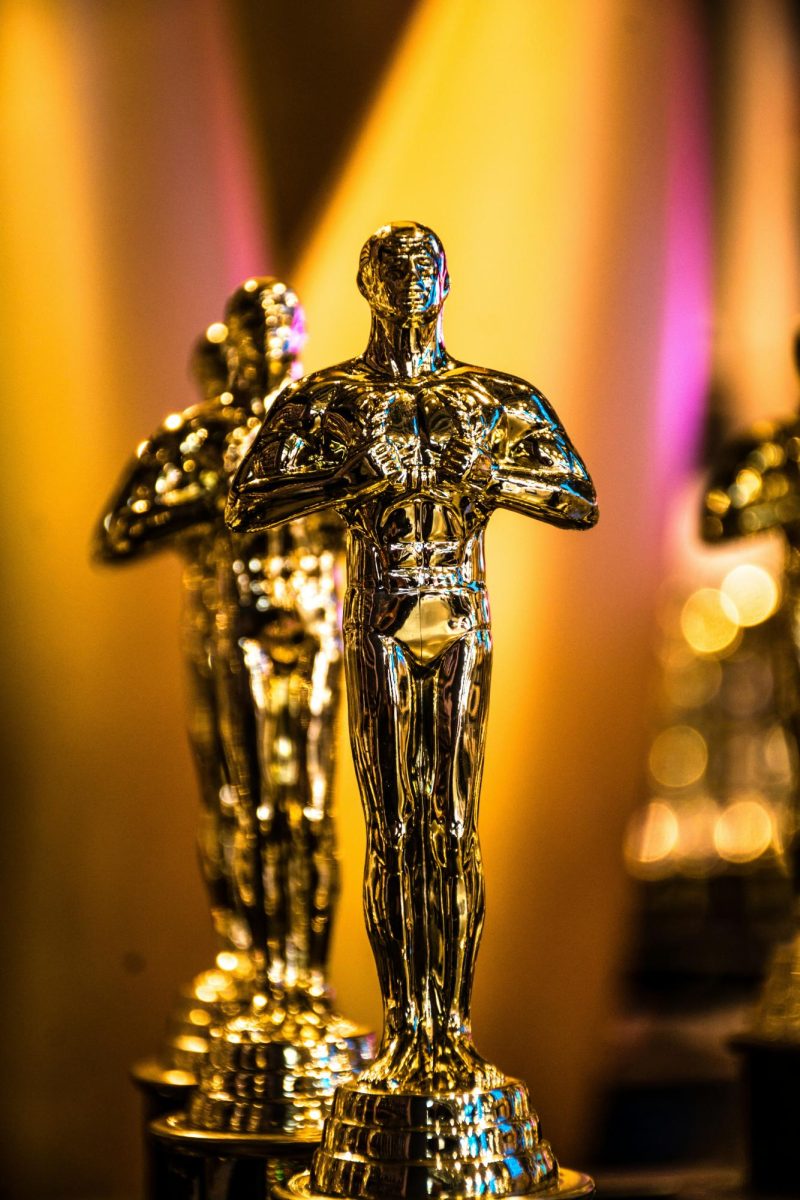Even as U. City students celebrated Martin Luther King Jr.’s work against discrimination Jan. 20, many felt there was still much to be done to reach true equality. One major obstacle to this equality is the media, said students, because it has a strong influence on the way people view minority groups.
At U. City, 90.4% percent of students are comprised of a racial minority, according to the Department of Elementary and Secondary Education. This does not count students who are part of a minority due to their gender or sexuality. That makes this issue especially relevant to students, many of whom feel alienated by the media that surrounds them.
“I have seen none or very little media that incorporates my heritage,” said Robert Kneller, junior.
“None of my characteristics as a bi-racial teenager in America are captured.”
Most minorities are indeed underrepresented in films, according to a study by the Media Diversity and Social Change Initiative at the University of Southern California.
The study found that white people get 76.3 percent of speaking roles, even though, according to the U.S. Census Bureau, they only make up 63 percent of the population. In contrast, black characters make up only 10.8 percent of the total despite 13.1 percent of Americans being black, and while almost 17 percent of Americans are Hispanic, they only receive 4.2 percent of movie roles. Asians have the percentage of roles closest to population, receiving 5 percent of speaking parts while making up 5.1 percent of Americans.
Pablo Lopez, sophomore, who is Hispanic, thinks representation should be equal for all minority groups. However, he is also concerned with how his race is portrayed on-screen.
“They are represented as something less than normal, like not successful or not equal,” which makes him feel, he said, “as if I’m not allowed or not comfortable here.”
Junior Lilian Getachew, who is black, also found this issue concerning. While some of her characteristics are portrayed accurately, it isn’t enough, she said.
“Representation portrays black women as unattractive and unintelligent,” she said. “This makes me feel like I have to prove that I’m neither of those things.”
Misrepresentation is not limited to race alone. Marquise Williams, junior, felt misrepresented on two fronts because he is both black and gay. On one hand, some people expect him to be violent because of his race, he said, but when they learn that he’s gay, he’s faced with an additional set of stereotypes.
“There’s a gap,” he said, between the characters he sees in the media and who he really is. “When most people think of gay people, they think of flamboyant, girly, wearing purses and stuff. That’s not me.”
Williams attributed most of the discrimination he has faced to misrepresentation in the media, he said.
Besides perpetuating stereotypes, misrepresentation also has other negative effects, such as lowering the self-esteem of minority groups, according to a 2012 article on cnn.com.
“It affects them when they don’t see themselves represented on TV, and it affects them when the young people who look like them are seen doing something wrong,” said Michael Brody, a psychiatrist quoted in the article.
Not all members of minority groups feel like they’re being mistreated by the media, however.
Linda Zhang, sophomore, who is Asian, has felt accurately represented in TV shows such as “Elementary,” she said.
Sophomore Jaylen Williams, who is black, was mostly unconcerned by media treatment.
“Sometimes we’re portrayed as being extremely violent and that’s not necessarily true,” he said. “Does it bother me much? No. Looking from the outside in, we could look violent. It’s understandable … It’s not just African Americans that are portrayed badly. All races have some flaws that media illuminates.”
Mr. Beezley, guidance counsellor, thought that while minorities are usually unfairly discriminated against, it should reflect more on the media than on the groups themselves.
“It depends on what media you listen to,” he said. “Students will resent their race being underrepresented and probably not trust that media outlet.”
To fix the problems created by poor representation, several students recommended giving all minorities equal screen time.
Additionally, stereotypes created by the media should be fought with accurate information, said Lopez, “[by] getting people more experienced to Hispanic life, [getting] them to know more background information.”
Williams concurs.
“[People should] stop dwelling on the past, how black people used to be,” Williams said. “Look forward to say, we have a black president, we have black engineers. It’s the same with gay people,” he said.
In the meantime, though, the damage has been done, according to Williams.
“I feel like I’ve been stereotyped. I’ve been set into a picture. When people see me, they see a picture like on TV and that’s not what I am. Instead of getting to know me first, they base me off of stereotypes.”
Joseph Chunn and Alex Jolliff contributed to this article.

